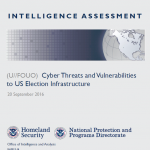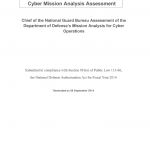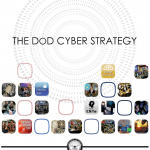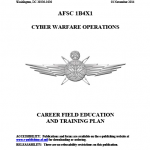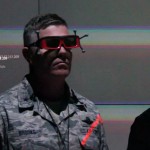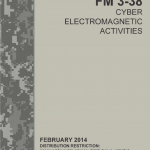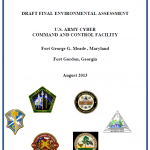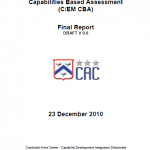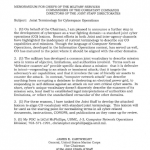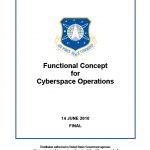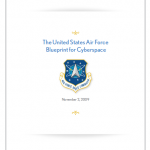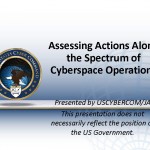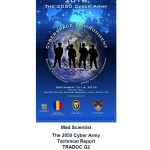
The Mad Scientist 2050 Cyber Army project explored the visualization of the Army’s Cyber Force out to 2050 and its ability to address three major objectives of the Army’s Cyberspace Strategy for Unified Land Operations 2025: What does the cyber environment look like in 2040-2050 (how will cyber influence the environment and the population? What will connecting look like / what will they connect to? What are the drivers influencing this or not)? How do we build an Army Cyber Force that can dominate the cyber domain in the context of the multi-domain battle concept to gain a position of relative advantage? How can we build shared goals and expectations as well as develop an understanding of roles and responsibilities in order to build and maintain partnerships with U.S., and international academia, industry, defense departments/ministries and other agencies to enhance cyberspace operations? What new ideas should we be considering? Co-sponsored by the TRADOC G-2 and the Army Cyber Institute at the United States Military Academy, the 2050 Cyber Army project leveraged submitted papers, an on-line technology survey, and a 13-14 September Mad Scientist Conference that generated the insights synthesized in this report.

